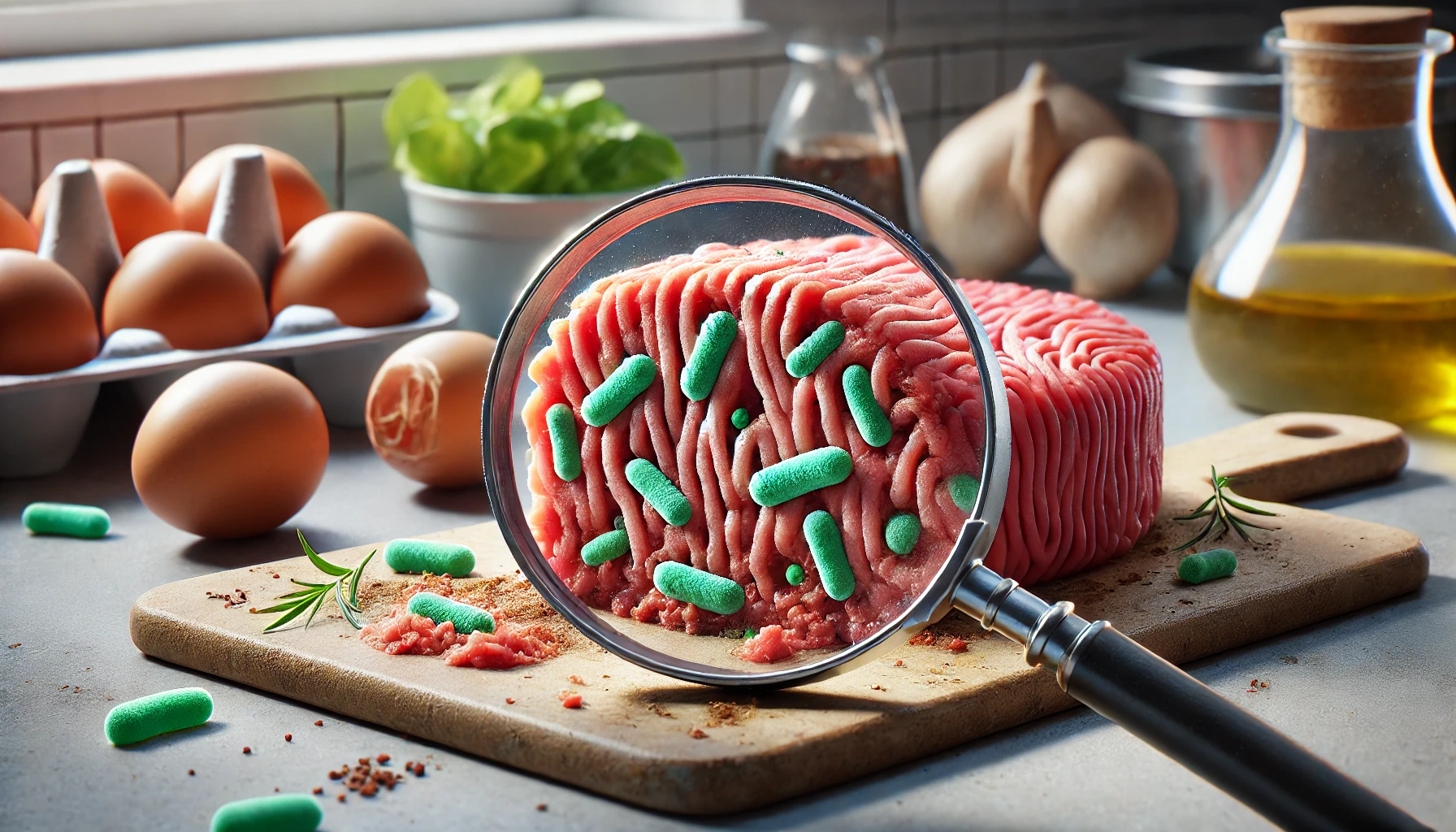Understanding Salmonella (Salmonellosis)
This post was written with Consensus AI Academic Search Engine – please read our Disclaimer at the end of this article. Salmonella remains a significant public health concern due to its ability to cause severe illness in humans and animals. Understanding the mechanisms of infection and the host immune response is crucial for developing effective control strategies. While antibiotics and probiotics offer potential solutions, ongoing research and improved sanitation practices are essential to combat this persistent pathogen.
Salmonella, a genus of bacteria, is a significant cause of foodborne illness worldwide. The infection caused by these bacteria is known as salmonellosis. This article delves into the nature of Salmonella, its impact on both humans and animals, and the various strategies employed to combat this pathogen.
What is Salmonella?
Salmonella is a type of bacteria that can cause infections in humans and animals. The most common serovars associated with human illness are Salmonella enterica subspecies enterica serovar Typhimurium (S. Typhimurium) and Salmonella enterica serovar Enteritidis (S. Enteritidis)2 5. These bacteria are typically transmitted through contaminated food or water, leading to gastrointestinal illness.
Symptoms of Salmonellosis
In humans, salmonellosis typically manifests as gastroenteritis, characterized by symptoms such as diarrhea, fever, abdominal cramps, and vomiting. The severity of the disease can vary, with some individuals experiencing mild symptoms while others may develop severe illness requiring hospitalization4.
Impact on Animals
Salmonella also affects various animal species, including poultry, cattle, and fish. In broilers, for instance, salmonellosis can lead to significant economic losses due to decreased growth performance and increased mortality1. In cattle, the infection can result in severe health issues, impacting productivity and leading to increased treatment costs8.
Mechanisms of Infection
Salmonella has evolved several mechanisms to invade and survive within host cells. The bacteria possess specialized secretion systems, such as the type III secretion system (T3SS), which allows them to manipulate host cell functions and evade the immune response5. This ability to invade and persist within host cells makes Salmonella a formidable pathogen.
Immune Response and Pathogenesis
The host immune response plays a crucial role in controlling Salmonella infections. Monocytes and macrophages are pivotal in killing Salmonella serovars and preventing their spread to extra-intestinal organs2. However, Salmonella can weaken these immune cells through mechanisms such as ATP depletion and apoptosis induction, thereby facilitating its survival and dissemination2.
Strategies for Control and Prevention
Antibiotics and Probiotics
Traditional methods for controlling salmonellosis in animals include the use of antibiotics. However, the overuse of antibiotics has led to concerns about antibiotic resistance. As an alternative, probiotics such as Bacillus subtilis and Lactobacillus animalis have shown promise in mitigating the effects of Salmonella infections in poultry and cattle1 8. These beneficial bacteria can enhance gut health and improve the immune response, thereby reducing the severity of the infection.
Vaccination
Vaccination is another strategy employed to prevent salmonellosis. For instance, vaccinating cows with a Salmonella Newport bacterin has been investigated as a means to protect neonatal calves through the transfer of colostral immunoglobulins. However, studies have shown that this approach may not be sufficient to prevent severe outcomes in calves exposed to highly pathogenic Salmonella strains10.
Sanitation and Hygiene
Maintaining proper sanitation and hygiene is critical in preventing the spread of Salmonella. In the food industry, the use of sanitizers such as ozone has been explored to reduce bacterial contamination in fish. However, the effectiveness of such treatments can vary, and further research is needed to identify reliable methods for eradicating Salmonella from food products9.
Disclaimer
The content presented in this blog is generated by Consensus, an AI-powered academic search engine, and is based on publicly available scientific literature. While every effort is made to provide accurate, up-to-date, and well-researched information, the content is intended for informational and educational purposes only. It does not constitute medical advice, diagnosis, or treatment. Always consult a qualified healthcare professional before making any decisions regarding medical conditions, treatments, or medications. The AI system’s analysis may not cover all perspectives, emerging research, or individual cases, and it is not a substitute for professional expertise. Neither the blog publisher nor the developers of the AI-powered search engine are responsible for any actions taken based on the information provided in this content. Use of this information is at your own risk. Citations to the original scientific studies are included for reference, but these studies should be reviewed in full and interpreted with the guidance of a healthcare or research professional.
If you are experiencing a medical emergency, please seek immediate attention from a healthcare provider.
